Ove Edfors
Adaptive Attention-Based Model for 5G Radio-based Outdoor Localization
Mar 31, 2025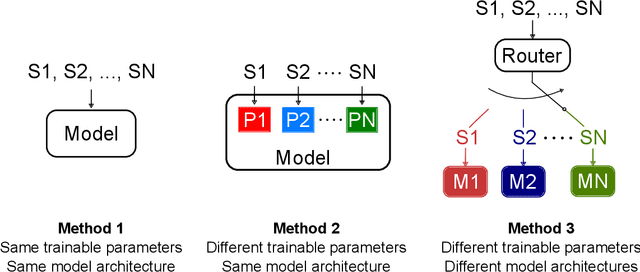

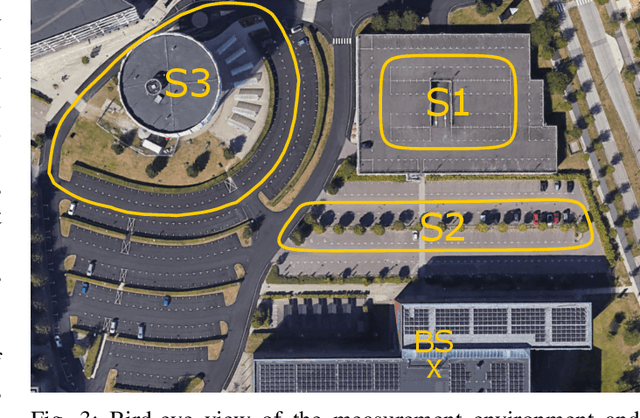
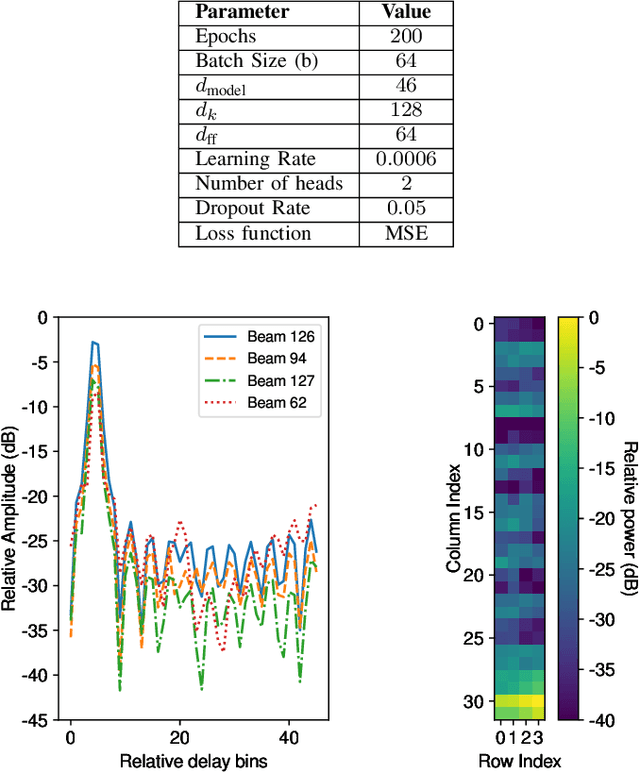
Abstract:Radio-based localization in dynamic environments, such as urban and vehicular settings, requires systems that can efficiently adapt to varying signal conditions and environmental changes. Factors such as multipath interference and obstructions introduce different levels of complexity that affect the accuracy of the localization. Although generalized models offer broad applicability, they often struggle to capture the nuances of specific environments, leading to suboptimal performance in real-world deployments. In contrast, specialized models can be tailored to particular conditions, enabling more precise localization by effectively handling domain-specific variations and noise patterns. However, deploying multiple specialized models requires an efficient mechanism to select the most appropriate one for a given scenario. In this work, we develop an adaptive localization framework that combines shallow attention-based models with a router/switching mechanism based on a single-layer perceptron (SLP). This enables seamless transitions between specialized localization models optimized for different conditions, balancing accuracy, computational efficiency, and robustness to environmental variations. We design three low-complex localization models tailored for distinct scenarios, optimized for reduced computational complexity, test time, and model size. The router dynamically selects the most suitable model based on real-time input characteristics. The proposed framework is validated using real-world vehicle localization data collected from a massive MIMO base station (BS), demonstrating its ability to seamlessly adapt to diverse deployment conditions while maintaining high localization accuracy.
Decentralized Multi-Antenna Architectures with Unitary Constraints
Jan 10, 2025Abstract:The increase in the number of base station (BS) antennas calls for efficient solutions to deal with the increased interconnection bandwidth and processing complexity of traditional centralized approaches. Decentralized approaches are thus gaining momentum, since they achieve important reductions in data/processing volume by preprocessing the received signals before forwarding them to a central node. The WAX framework offers a general description of decentralized architectures with arbitrary interplay between interconnection bandwidth and decentralized processing complexity, but the applicability of this framework has only been studied assuming unrestricted baseband processing. We consider an adaptation of the WAX framework where the decentralized processing has unitary restriction, which allows for energy-efficient implementations based on reconfigurable impedance networks at the cost of some performance loss. Moreover, we propose an effective method to minimize the performance gap with respect to centralized processing. The previous method gives a first step towards characterizing the information-lossless trade-off between interconnection bandwidth and processing complexity in decentralized architectures with unitary constraints.
Spectrum Efficiency and Processing Latency Trade-offs in Panel-Based LIS
Nov 28, 2024



Abstract:The next generation wireless systems will face stringent new requirements, including ultra-low latency, high data rates and enhanced reliability. Large Intelligent Surfaces, is one proposed solution that has the potential to solve these high demands. The real-life deployment of such systems involves different design considerations with non-trivial trade-offs. This paper investigates the trade-off between spectral efficiency and processing latency, considering different antenna distribution schemes and detection algorithms. A latency model for the physical layer processing has been developed with realistic hardware parameters. The simulation results using an in-door environment show that distributing the antennas throughout the scenario improves the overall reliability, while the impact on the latency is limited when zero-forcing (ZF) detection is used. On the other hand, changing the detection algorithm to maximum-ratio combining (MRC) may reduce the latency significantly, even if a larger number of antennas are needed to achieve a similar spectrum efficiency as ZF detection.
Over-the-Air DPD and Reciprocity Calibration in Massive MIMO and Beyond
Nov 07, 2024Abstract:In this paper we study an over-the-air (OTA) approach for digital pre-distortion (DPD) and reciprocity calibration in massive multiple-input-multiple-output systems. In particular, we consider a memory-less non-linearity model for the base station (BS) transmitters and propose a methodology to linearize the transmitters and perform the calibration by using mutual coupling OTA measurements between BS antennas. We show that by only using the OTA-based data, we can linearize the transmitters and design the calibration to compensate for both the non-linearity and non-reciprocity of BS transceivers effectively. This allows to alleviate the requirement to have dedicated hardware modules for transceiver characterization. Moreover, exploiting the results of the DPD linearization step, our calibration method may be formulated in terms of closed-form transformations, achieving a significant complexity reduction over state-of-the-art methods, which usually rely on costly iterative computations. Simulation results showcase the potential of our approach in terms of the calibration matrix estimation error and downlink data-rates when applying zero-forcing precoding after using our OTA-based DPD and calibration method.
Large Intelligent Surfaces with Low-End Receivers: From Scaling to Antenna and Panel Selection
Nov 07, 2024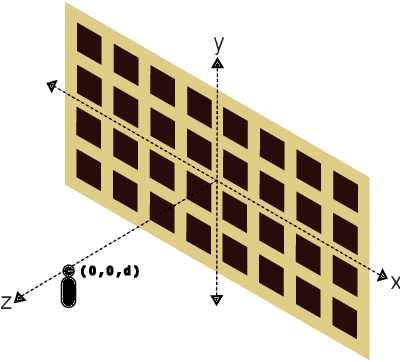
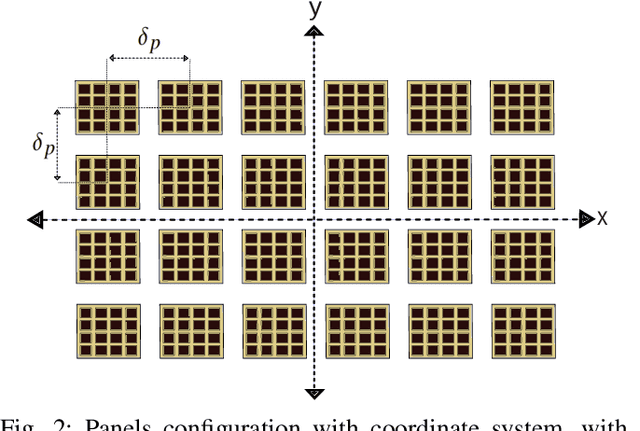
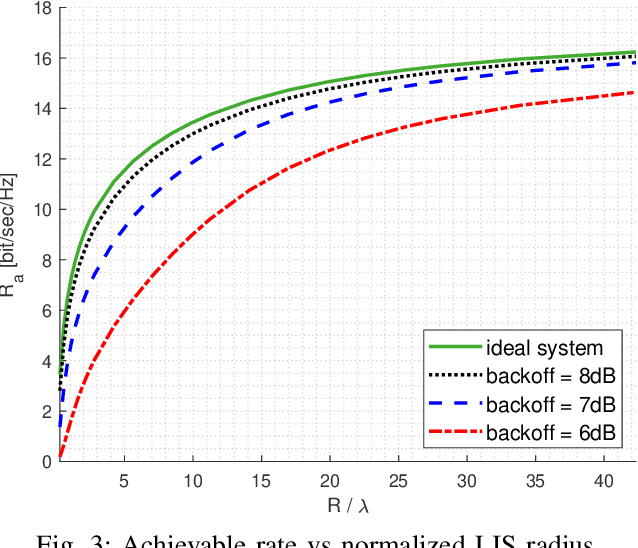
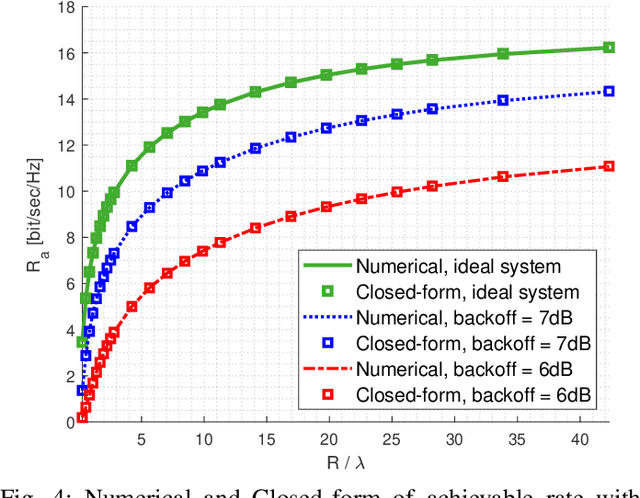
Abstract:We analyze the performance of large intelligent surface (LIS) with hardware distortion at its RX-chains. In particular, we consider the memory-less polynomial model for non-ideal hardware and derive analytical expressions for the signal to noise plus distortion ratio after applying maximum ratio combining (MRC) at the LIS. We also study the effect of back-off and automatic gain control on the RX-chains. The derived expressions enable us to evaluate the scalability of LIS when hardware impairments are present. We also study the cost of assuming ideal hardware by analyzing the minimum scaling required to achieve the same performance with a non-ideal hardware. Then, we exploit the analytical expressions to propose optimized antenna selection schemes for LIS and we show that such schemes can improve the performance significantly. In particular, the antenna selection schemes allow the LIS to have lower number of non-ideal RX-chains for signal reception while maintaining a good performance. We also consider a more practical case where the LIS is deployed as a grid of multi-antenna panels, and we propose panel selection schemes to optimize the complexity-performance trade-offs and improve the system overall efficiency.
Channel Orthogonalization in Panel-Based LIS
May 03, 2024Abstract:Large intelligent surface (LIS) has gained momentum as a potential 6G-enabling technology that expands the benefits of massive multiple-input multiple-output (MIMO). On the other hand, orthogonal space-division multiplexing (OSDM) may give a promising direction for efficient exploitation of the spatial resources, analogous as what is achieved with orthogonal frequency-division multiplexing (OFDM) in the frequency domain. To this end, we study how to enforce channels orthogonality in a panel-based LIS scenario. Our proposed method consists of having a subset of active LIS-panels coherently serving a set of users, and another subset of LIS-panels operating in semi-passive mode by implementing a receive and re-transmit (RRTx) process. This results in an inter-symbol interference (ISI) channel, where we characterize the semi-passive processing required to achieve simultaneous orthogonality in time and space. We then employ the remaining degrees of freedom (DoFs) from the orthogonality constraint to minimize the semi-passive processing power, where we derive a closed-form global minimizer, allowing for efficient implementation of the proposed scheme.
Channel Orthogonalization with Reconfigurable Surfaces: General Models, Theoretical Limits, and Effective Configuration
Mar 22, 2024Abstract:We envision a future in which multi-antenna technology effectively exploits the spatial domain as a set of non-interfering orthogonal resources, allowing for flexible resource allocation and efficient modulation/demodulation. Reconfigurable intelligent surface (RIS) has emerged as a promising technology which allows shaping the propagation environment for improved performance. This paper studies the ability of three extended types of reconfigurable surface (RS), including the recently proposed beyond diagonal RIS (BD-RIS), to achieve perfectly orthogonal channels in a general multi-user multiple-input multiple-output (MU-MIMO) scenario. We propose practical implementations for the three types of RS consisting of passive components, and obtain the corresponding restrictions on their reconfigurability. We then use these restrictions to derive closed-form conditions for achieving arbitrary (orthogonal) channels. We also study the problem of optimal orthogonal channel selection for achieving high channel gain without active amplification at the RS, and we propose some methods with satisfying performance. Finally, we provide efficient channel estimation and RS configuration techniques such that all the computation, including the channel selection, may be performed at the base station (BS). The numerical results showcase the potential and practicality of RS channel orthogonalization, thus taking a step towards orthogonal spatial domain multiplexing (OSDM).
6G Radio Testbeds: Requirements, Trends, and Approaches
Sep 13, 2023



Abstract:The proof of the pudding is in the eating - that is why 6G testbeds are essential in the progress towards the next generation of wireless networks. Theoretical research towards 6G wireless networks is proposing advanced technologies to serve new applications and drastically improve the energy performance of the network. Testbeds are indispensable to validate these new technologies under more realistic conditions. This paper clarifies the requirements for 6G radio testbeds, reveals trends, and introduces approaches towards their development.
Indoor Localization Using Radio, Vision and Audio Sensors: Real-Life Data Validation and Discussion
Sep 06, 2023
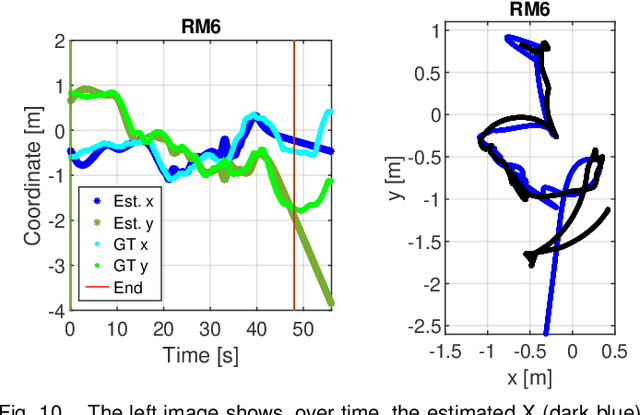
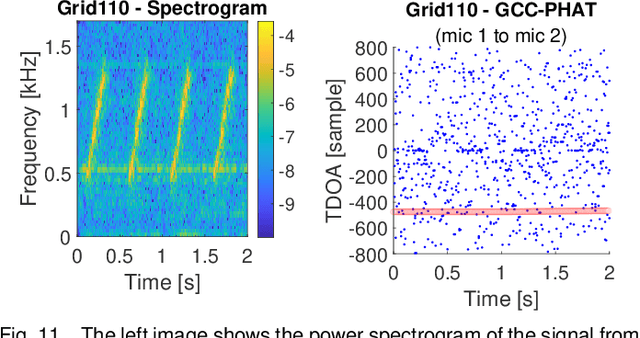

Abstract:This paper investigates indoor localization methods using radio, vision, and audio sensors, respectively, in the same environment. The evaluation is based on state-of-the-art algorithms and uses a real-life dataset. More specifically, we evaluate a machine learning algorithm for radio-based localization with massive MIMO technology, an ORB-SLAM3 algorithm for vision-based localization with an RGB-D camera, and an SFS2 algorithm for audio-based localization with microphone arrays. Aspects including localization accuracy, reliability, calibration requirements, and potential system complexity are discussed to analyze the advantages and limitations of using different sensors for indoor localization tasks. The results can serve as a guideline and basis for further development of robust and high-precision multi-sensory localization systems, e.g., through sensor fusion and context and environment-aware adaptation.
The LuViRA Dataset: Measurement Description
Feb 10, 2023Abstract:We present a dataset to evaluate localization algorithms, which utilizes vision, audio, and radio sensors: the Lund University Vision, Radio, and Audio (LuViRA) Dataset. The dataset includes RGB images, corresponding depth maps, IMU readings, channel response between a massive MIMO channel sounder and a user equipment, audio recorded by 12 microphones, and 0.5 mm accurate 6DoF pose ground truth. We synchronize these sensors to make sure that all data are recorded simultaneously. A camera, speaker, and transmit antenna are placed on top of a slowly moving service robot and 88 trajectories are recorded. Each trajectory includes 20 to 50 seconds of recorded sensor data and ground truth labels. The data from different sensors can be used separately or jointly to conduct localization tasks and a motion capture system is used to verify the results obtained by the localization algorithms. The main aim of this dataset is to enable research on fusing the most commonly used sensors for localization tasks. However, the full dataset or some parts of it can also be used for other research areas such as channel estimation, image classification, etc. Fusing sensor data can lead to increased localization accuracy and reliability, as well as decreased latency and power consumption. The created dataset will be made public at a later date.
 Add to Chrome
Add to Chrome Add to Firefox
Add to Firefox Add to Edge
Add to Edge